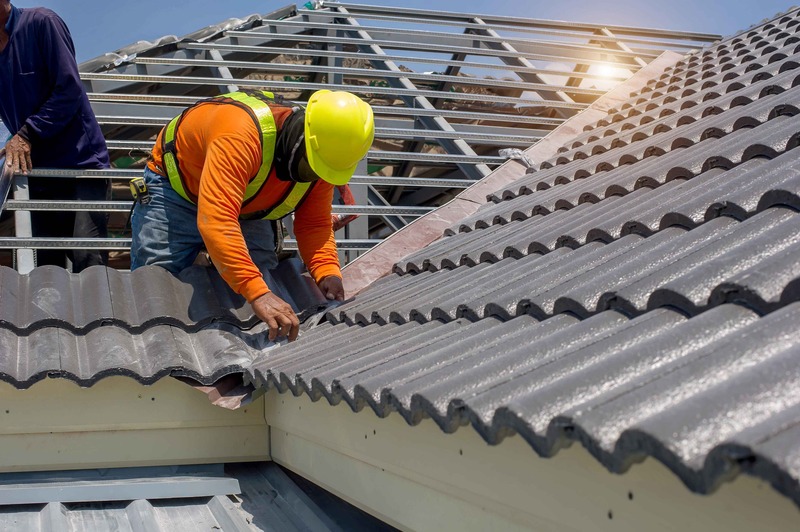Typical Roof Replacement Prices in the UK: A Complete Guide for Homeowners
Typical Roof Replacement Prices in the UK: A Complete Guide for Homeowners
Blog Article
Roofs in the UK are subjected year round to a variety of weather conditions. From heavy rainfall and snow in the winter to strong winds and fluctuating temperatures, the constant exposure can cause wear and tear on roofing materials. Over time, these environmental factors can lead to roof damage, and in some cases, replacement is the best solution. Roof replacement is a significant undertaking, but it is essential for maintaining the structural integrity of a home and preventing costly repairs in the future. Whether the roof is leaking, aged, or damaged, knowing when and how to replace it is crucial to ensure the continued protection of your property.
The first step in any roof replacement project is understanding when a replacement is truly needed. Water stains, mould, broken tiles or sliding tiles are all common signs. Granules of shingles can also accumulate in gutters. For UK homeowners, roofs that are over 20 to 30 years old are typically nearing the end of their lifespan, especially if routine maintenance has been neglected. While a professional roofer is best equipped to assess the condition of a roof, homeowners can also conduct a visual inspection from the ground to identify glaring problems. If unsure, booking a roof survey from a trusted local contractor can provide clarity and a detailed cost estimate. In many cases, acting early can prevent the need for more extensive work like timber repairs or full structural reinforcements. Roof replacements can save money as well as stress.
The material choice is crucial to the longevity and effectiveness of your new roof. In the UK, homeowners must consider not just the appearance of the roof but how well it will perform in different weather conditions. They should also check if it is compliant with local building codes. Slate remains a favourite for its natural beauty and durability, especially in older or listed buildings, while clay tiles provide a classic look with excellent insulation properties. Modern options such as synthetic slate or lightweight composite tiles offer the appearance of traditional materials but with improved resilience and ease of installation. In urban areas green roofing is also becoming more popular due to its environmental benefits. The right material will depend on budget, aesthetic preferences, structural load capacity, and environmental factors like wind exposure or moss growth.
The Typical roof replacement prices in the UK process can be complicated and lengthy, requiring expertise from a roofing professional. First, a roof inspection is conducted to determine the extent of damage. After determining the extent of the damage, it is necessary to remove the existing roofing and prepare the roof structure for the replacement. This may involve repairing or replacing the underlying decking, which is the layer beneath the roofing material that supports it. The roof is then covered with a new material. Options include traditional slates and tiles, as well as more modern options like synthetic or metal tiles. The entire process can take several days, depending on how large the house is and how complex the roof structure is. To receive extra details please check out Roofadvisor
Timing the project correctly can make a significant difference in the ease and success of a roof replacement. The best times to do such work in the UK are during late spring, early summer or early fall when weather conditions tend to be more stable. Rain and wind can cause delays or complications, especially if large areas of the roof are exposed during construction. However, emergency replacements may be required at any time of year, particularly if a roof has suffered storm damage. Planning ahead and booking a contractor in advance can help avoid long wait times during peak seasons. Homeowners should also make logistical preparations, such as informing neighbours about upcoming work, arranging parking space for construction vehicles, and preparing for potential noise and disruption. A realistic schedule and clear communication will help you manage the process with minimum inconvenience.
In the UK, roof replacement is a vital part of home maintenance. It should be done as soon as signs of wear and tear appear. A well-installed new roof protects against harsh weather, improves insulation, and boosts property value. Homeowners can customize their roof according to aesthetic preferences as well as practical requirements. The cost may be high, but the benefits over time - such as energy savings, structural stability, and peace-of-mind - are worth it. A successful roof replacement requires careful planning, the best contractor and making informed decisions. For UK homeowners looking to protect their homes for decades to come, replacing an ageing roof is one of the smartest improvements they can make.